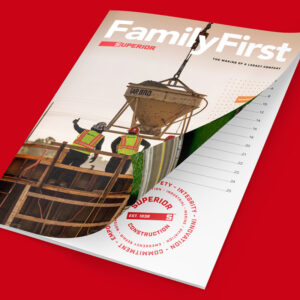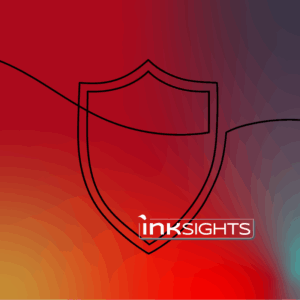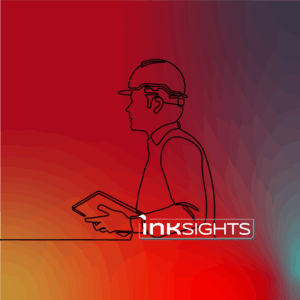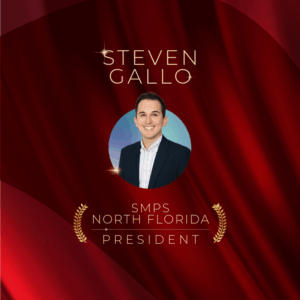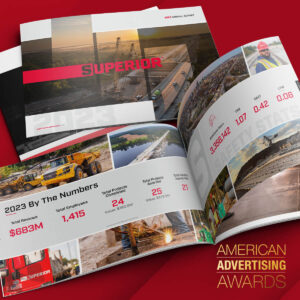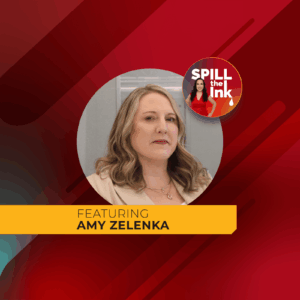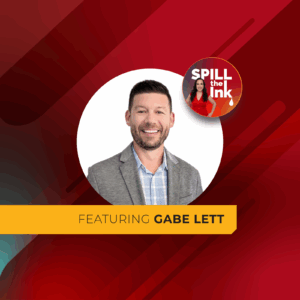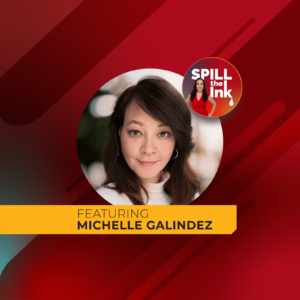
Inksights Blog : The Reputation Ink Blog
The New Rules of Trust for AEC Firms in the Age of AI
AI has made it easy for anyone to look credible online. With polished bios, sleek websites and even AI-generated project descriptions, it’s harder than ever for buyers to tell which firms have the real-world experience they seek — and which just sound like they do.
In the AEC industry, that distinction matters. Owners, developers and public agencies aren’t just taking your word for it anymore. They’re researching your firm and looking for proof that others trust you, too.
This post explores how AEC firms can reinforce their credibility in a world where authenticity — not polish — sets you apart.
How AEC Buyers Vet Firms in the Age of AI
For today’s AEC buyers, a polished website and portfolio are just the starting point. Before shortlisting firms for RFPs or projects, decision-makers are:
- Searching online for your firm and leadership team
- Checking LinkedIn for your company’s presence and engagement
- Looking for mentions in trade media like ENR, Building Design+Construction or local business journals
- Reviewing project portfolios for named clients and measurable results
- Evaluating awards, certifications and association involvement for relevance
These are the signs they’re looking for — proof of credibility they can verify themselves, not just what you say on your site.
And ironically, AI is amplifying the importance of human gatekeepers in this process. Journalists, awards panels, conference organizers and even your social media followers all play a role in shaping how credible you appear. These external markers are carrying more weight than ever, both for human buyers and for AI tools curating expert voices online.
Trust Signals That Set AEC Firms Apart
It’s one thing to say your firm is experienced. It’s another to give buyers — and AI tools — proof they can trust.
When polished marketing is everywhere, credibility comes from signals that can’t be manufactured overnight. These fall into two categories: the stories you tell and the validation others give you.
Owned Signals (Your Firm’s Content)
- Project case studies with client names, specific challenges and measurable outcomes
- Blogs and videos authored by your firm’s leaders and technical experts, offering insight into real-world lessons learned
- A consistent social media presence that reflects engagement with your audience and the industry
- Visual proof of expertise like project tours, behind-the-scenes videos or speaking clips
Earned Signals (External Validation)
- Media features in respected trade publications or regional business journals
- Awards and certifications from trusted organizations (LEED, DBIA, AIA)
- Speaking engagements at industry conferences
- Podcast appearances and published interviews that showcase your team’s expertise
- Consistent presence in association directories and pre-qualification lists
- Social proof on your platforms (followers, shares, comments)
Buyers are relying on third-party proof — not just your marketing — to decide who makes the shortlist.
Why PR and Visibility Matter in AEC
In a referral-driven industry like AEC, credibility isn’t just about what you say — it’s about what others say about you.
This is why public relations is having its moment.
And yes, we know it might sound a little self-serving for a PR agency to say that. But in a time when AI can churn out endless polished content that looks convincing but lacks substance, buyers are doubling down on human validation. Media placements, awards and speaking engagements aren’t just good press — they’re third-party signals that carry weight with owners, developers and public agencies.
And it’s not only human buyers paying attention. AI tools like ChatGPT are scanning public sources to recommend firms and summarize expertise. The stronger your firm’s digital footprint — and the more credible sources that mention you — the more likely AI is to surface your name when someone asks, “Who are the top architecture firms in [city]?”
Public relations bridges the gap between the expertise you already have and the external validation buyers and AI assistants trust.
What AEC Firms Should Do Now
If your firm wants to stand out in a world of synthetic authority, focus on building credibility that buyers can verify:
- Audit your firm’s credibility footprint. Google your firm and leadership team. What comes up? Are there media mentions, speaking engagements or client case studies with depth? Or does it look like you’ve been quiet?
- Invest in visibility: Secure media placements, highlight awards and create speaker clips to reinforce authority.
- Showcase your team’s expertise: Help project managers and technical leaders share insights through ghostwritten blogs, videos and conference appearances.
- Stay consistent: Authority isn’t built with a single article or award — it’s the cumulative effect of showing up across channels and over time.
At Reputation Ink, we help AEC firms turn internal knowledge into public authority. From ghostwriting to media relations, we make it easier for your team to show up — and stand out.
Authenticity builds trust. But will buyers even find you in the first place? Next, we’ll break down how AI tools are becoming the new gatekeepers and what your firm can do to stay visible.
Related AEC Content
Maximizing Employee Engagement Through a Compelling Employee Newsletter
Reputation Ink | Jun. 24, 2025
Rebuilding a Construction Company’s Brand With Impactful Visuals
Reputation Ink | Jun. 24, 2025


